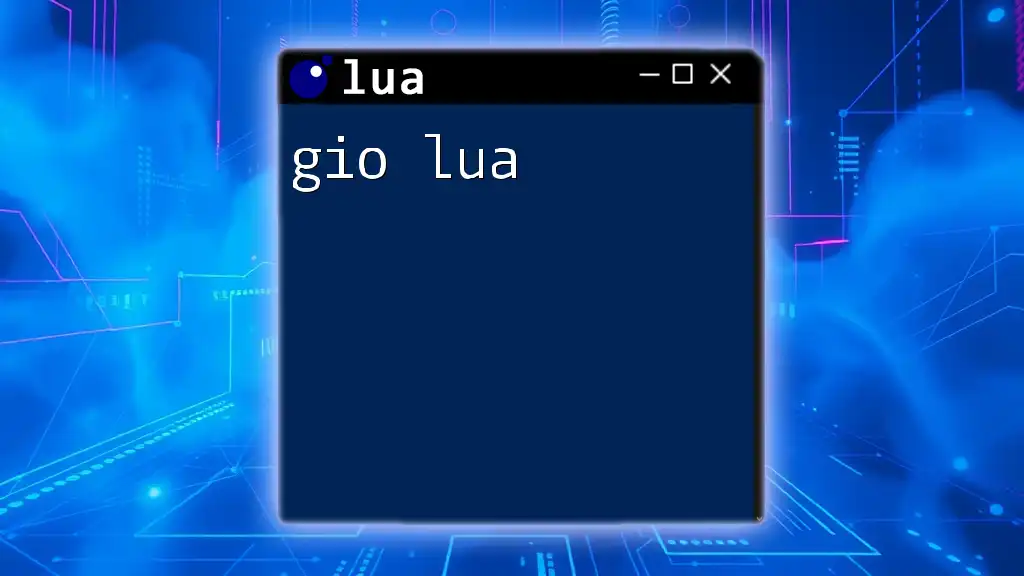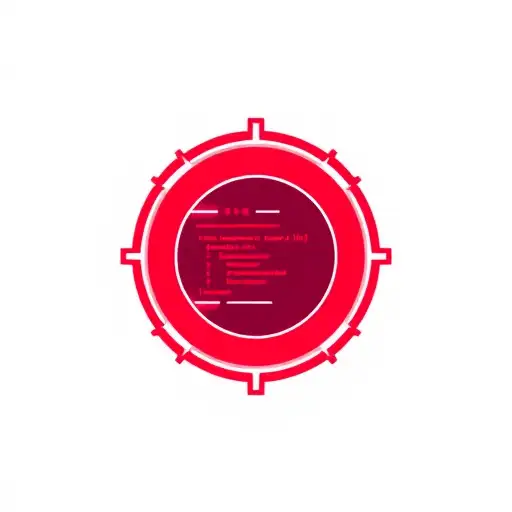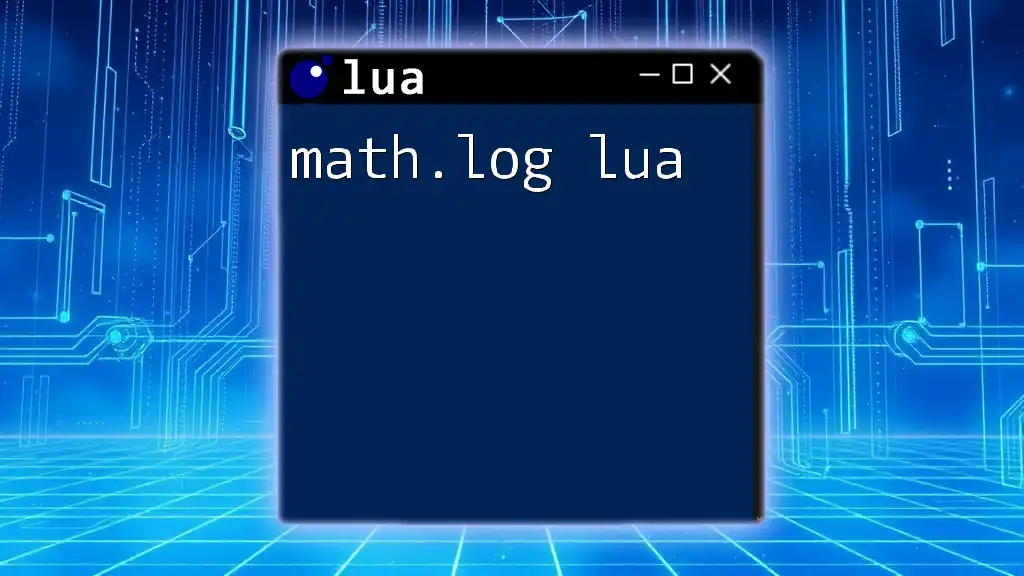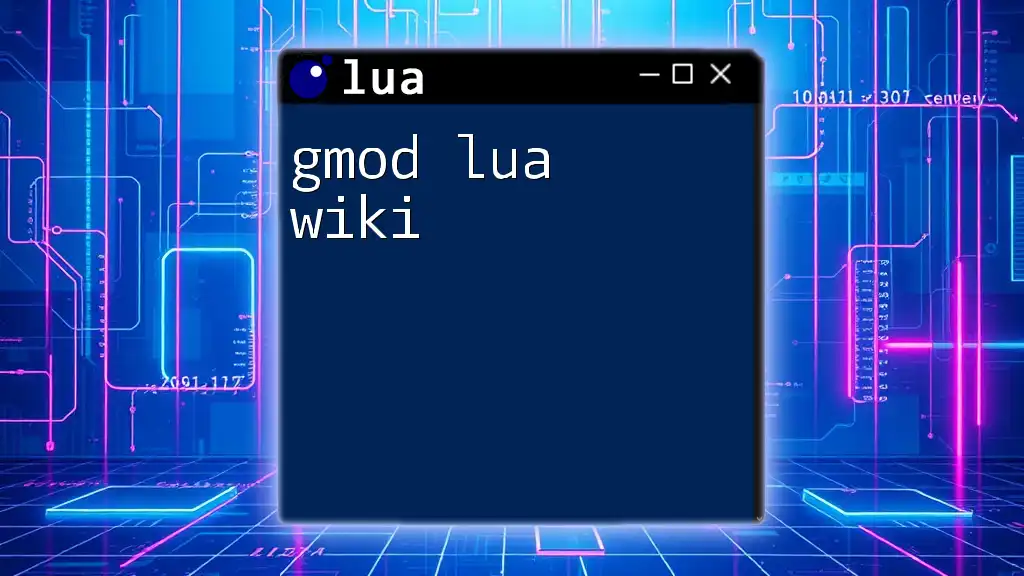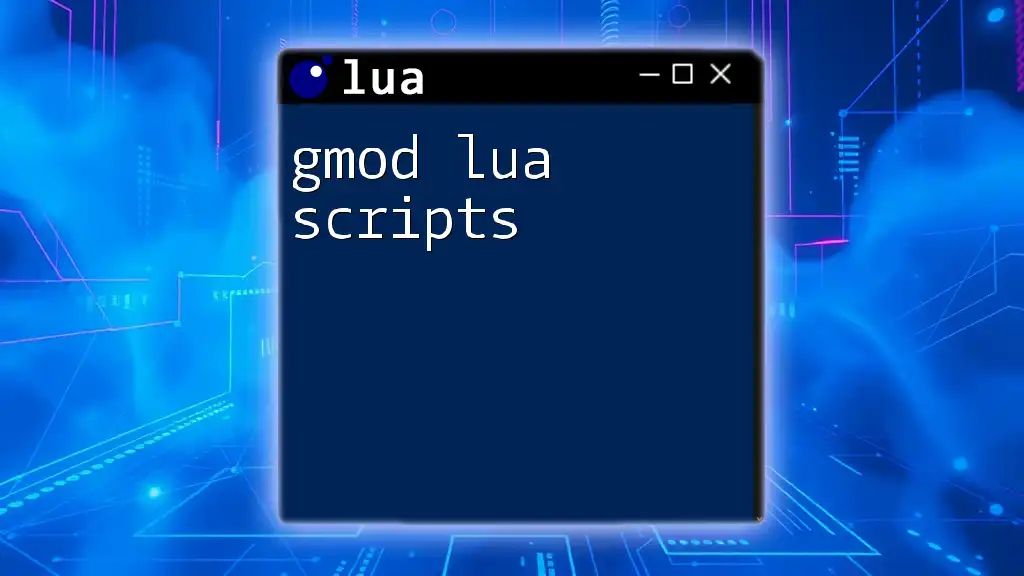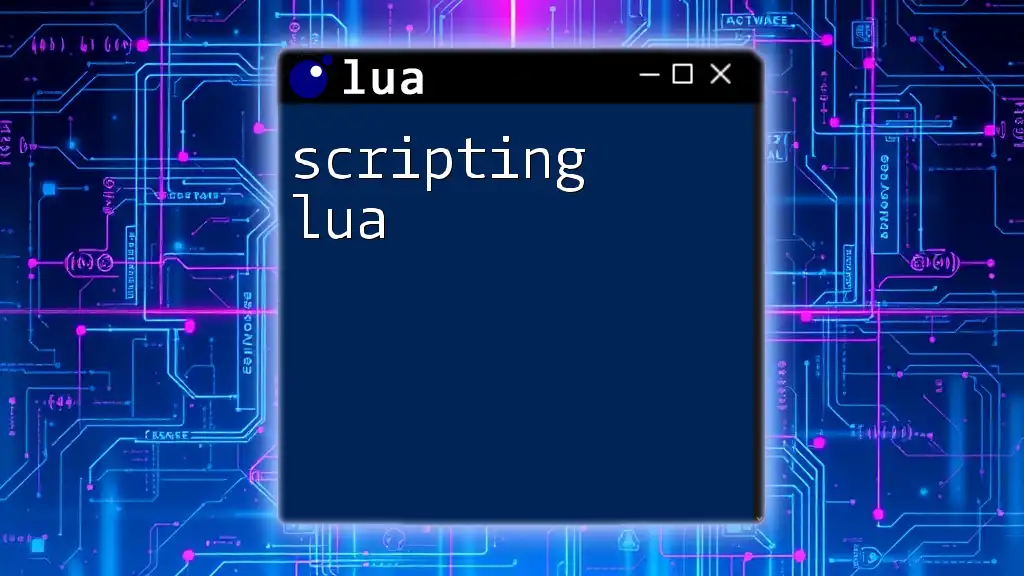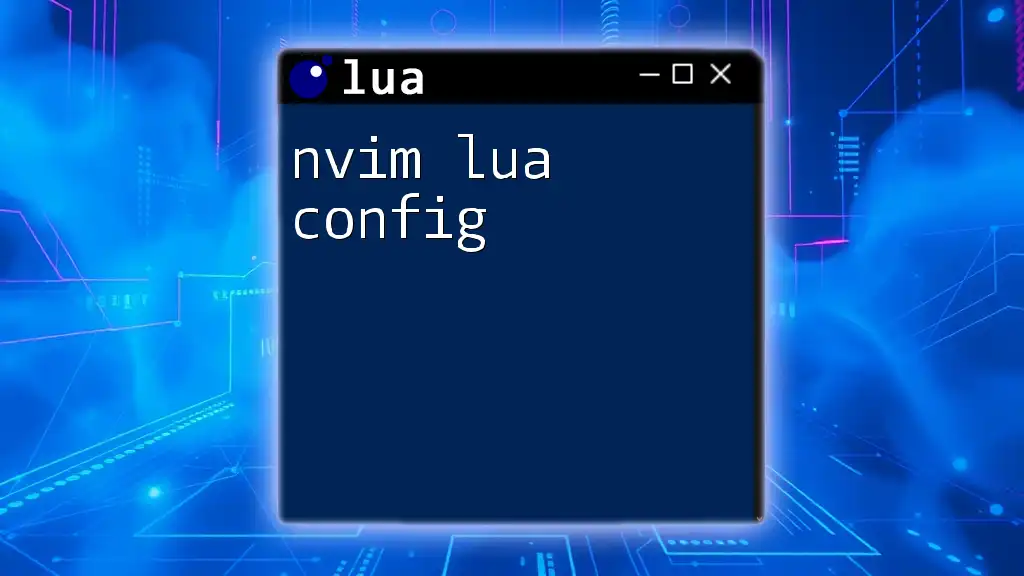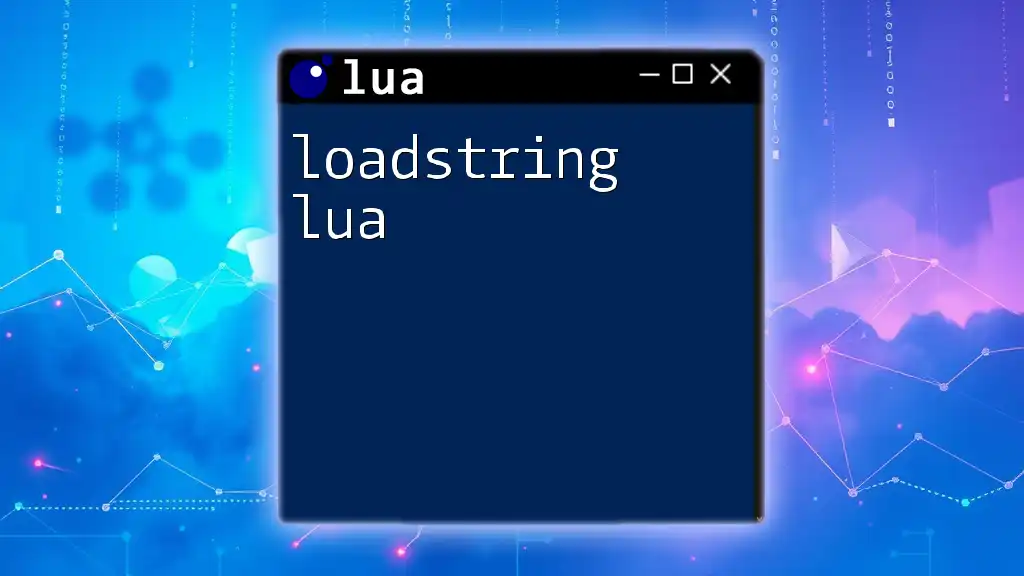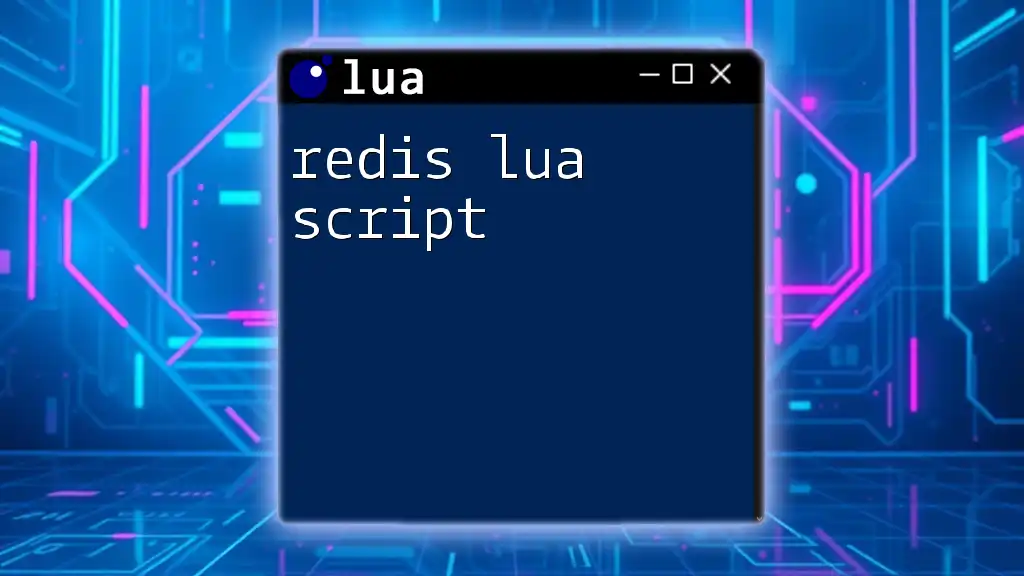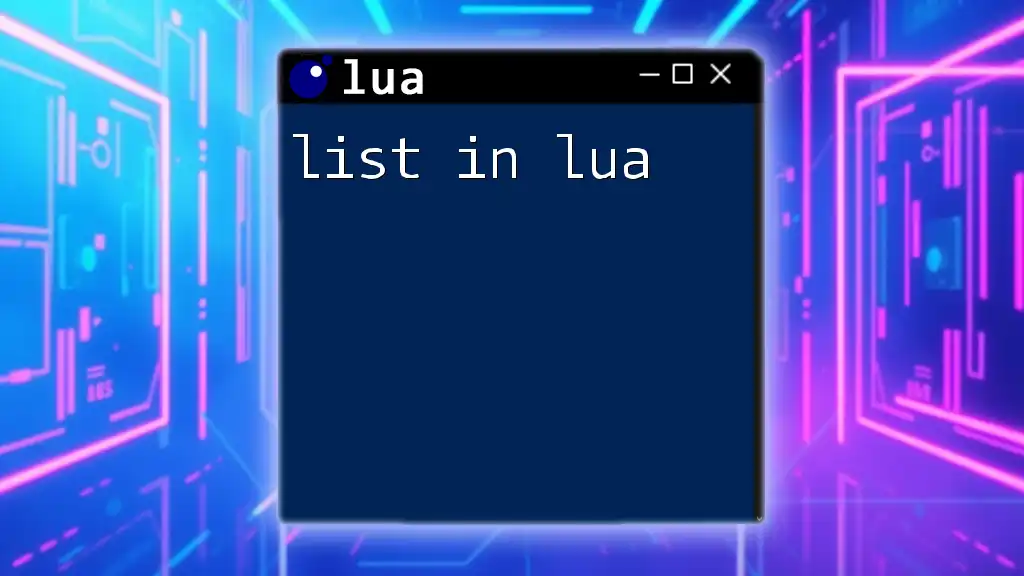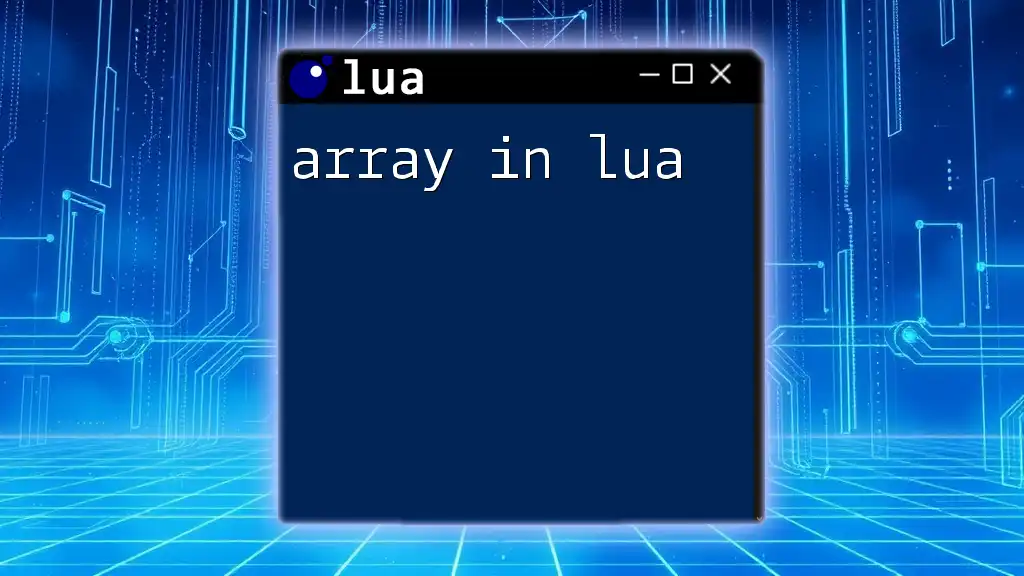Gio Lua is a library in the GIO framework that allows you to handle file system operations and inter-process communication efficiently using Lua scripting.
Here’s a simple code snippet to demonstrate how to read the contents of a file using Gio Lua:
local Gio = require("lgi").Gio
local function readFile(filePath)
local file = Gio.File.new_for_path(filePath)
local fileStream = file:read(nil) -- Open the file for reading
local contents = fileStream:read_all() -- Read the entire contents
fileStream:close()
return contents
end
print(readFile("example.txt")) -- Replace with your file path
What is gio?
gio is a powerful library that provides an interface to work with files and directories in the context of the Lua programming language. Designed for efficiency and simplicity, gio allows developers to focus on their scripts without needing to delve into the complexities of low-level file management. Originally developed as part of the GLib library, gio has gained popularity due to its compatibility with the GNOME environment—making it especially useful for applications in Linux.
The beauty of gio lies in its ability to abstract away underlying details while still offering robust control over file and directory operations. By utilizing gio lua, developers can work seamlessly with file systems, monitor changes, and handle file formats without being bogged down by unnecessary complexity.

Setting Up gio for Lua
Installation
To get started with gio in Lua, you'll need to install the required packages. If you're on a Linux system, you can install the gio library through your package manager. For example, using `apt`, you can run:
sudo apt install libglib2.0-dev
For Windows or macOS, ensure you have the appropriate dependencies installed via package managers like Homebrew or chocolatey.
Basic Configuration
Once gio is installed, you typically need to ensure your development environment is set up to include the library. This might involve setting paths for your Lua interpreter to recognize gio functionalities. Ensure your Lua script has access to the required modules:
local gio = require("gio")
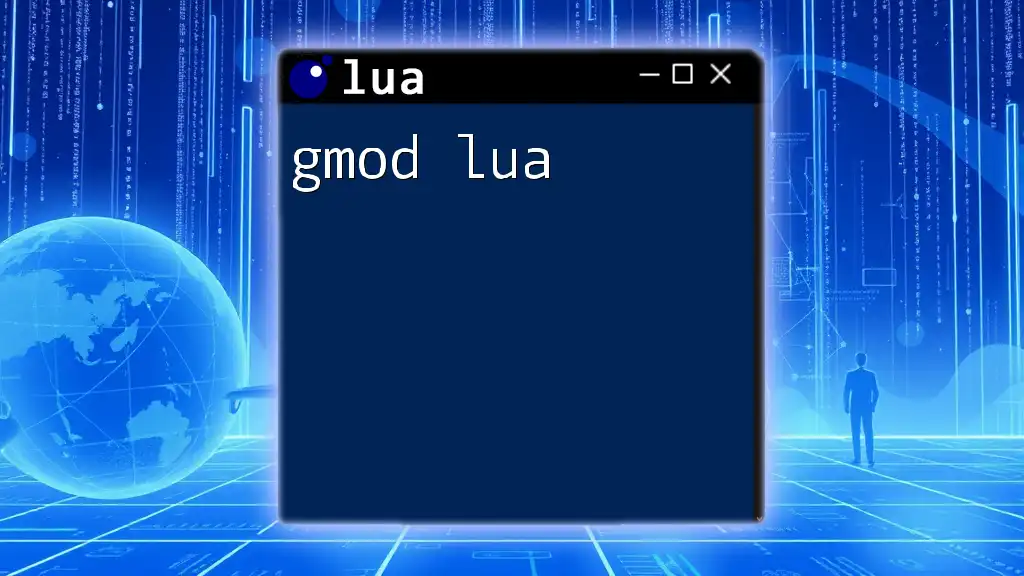
Core Features of gio
File Management
gio simplifies file handling through straightforward functions that allow developers to create, read, update, and delete files effortlessly.
Example: Reading a File
The following code snippet demonstrates how to read a file's contents using gio:
local gio = require("gio")
local file = gio.File.new_for_path("example.txt")
local stream = file:read(nil)
local content = stream:read_all(nil)
print(content)
In this example, we create a `gio.File` object, read from it, and output its content. This simplicity illustrates gio's power in managing file input.
Directory Operations
Managing directories is another significant capability of gio. The library allows developers to create, list, and delete directories seamlessly.
Example: Creating a Directory
To create a new directory, you can use the following code:
local gio = require("gio")
local dir = gio.File.new_for_path("new_directory")
dir:create_directory(nil)
print("Directory created successfully.")
This snippet demonstrates the ease of directory management, as it simply involves invoking the `create_directory` method on a `gio.File` object.
Monitoring File Changes
One of the standout features of gio is the ability to monitor file changes, making it particularly useful for applications that require real-time updates.
Example: Watching a Directory
You can watch a directory for changes using the following code:
local gio = require("gio")
local dir = gio.File.new_for_path("watched_directory")
local monitor = dir:new_monitor(gio.FileMonitorFlags.NONE, nil)
monitor:connect("changed", function(monitor, file, other_file, event_type)
print("File changed: " .. tostring(file:get_path()))
end)
print("Monitoring changes...")
With this implementation, whenever a file in the monitored directory changes, the script will output the file path, thus providing real-time notifications.
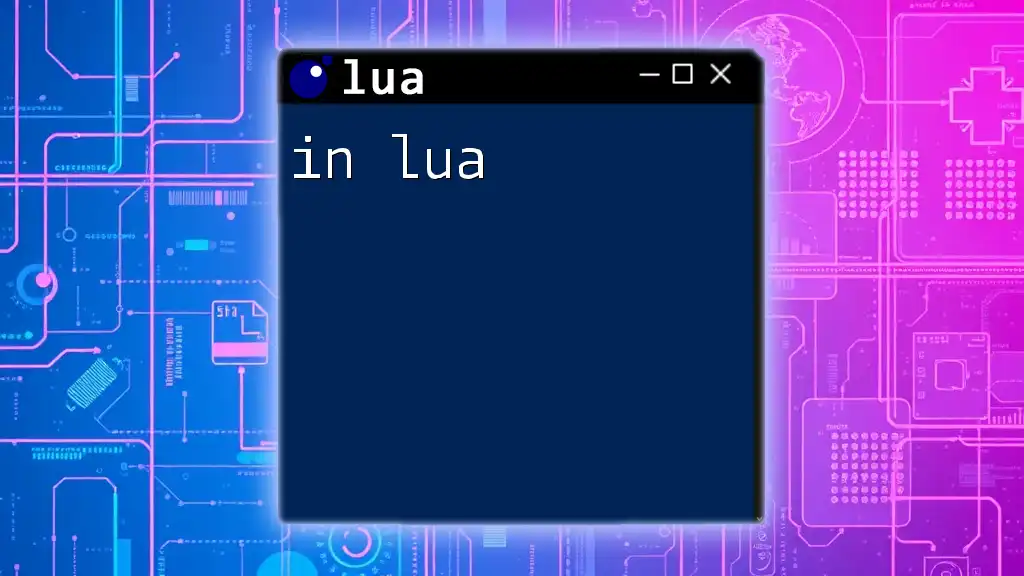
Advanced Usage of gio
Custom File Formats
gio also supports custom file formats, allowing you to specialize your file interactions according to application needs. This flexibility empowers developers to define and manage their data structures efficiently.
Example: Custom Format Handling
Here’s a simple example of how to handle a custom file format:
local gio = require("gio")
local myFile = gio.File.new_for_path("my_custom_format.myext")
local customContent = "Data in custom format..."
local outputStream = myFile:replace(nil, false, nil)
outputStream:write_all(customContent, nil)
print("Custom file written successfully.")
In this example, we create or replace a file with specific content tailored to our application, showcasing how gio handles various file types effortlessly.
Asynchronous Operations
Asynchronous operations in gio allow for non-blocking file handling, enhancing performance in applications that need to scale or handle multiple tasks simultaneously.
Example: Asynchronous File Read
Here’s how to read a file asynchronously using gio:
local gio = require("gio")
local file = gio.File.new_for_path("async_example.txt")
file:load_contents_async(nil, function(ok, contents, etag)
if ok then
print("File contents: " .. contents)
else
print("Failed to load contents.")
end
end)
This approach allows your program to continue executing while waiting for the file read operation to complete, thus optimizing resource management and responsiveness.
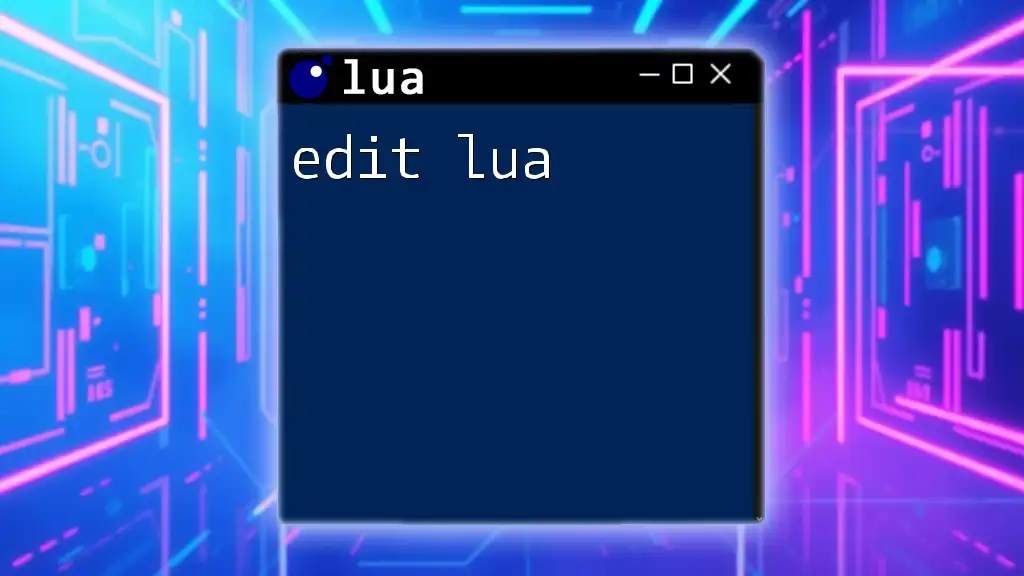
Common Use Cases
Scripting Automation
gio lua is particularly popular in scripting automation tasks. Whether it's managing file backups, processing logs, or orchestrating system monitoring scripts, gio provides the functionality needed to perform these tasks effectively.
Game Development
The application of gio in game development is significant. Game scripts often require management of assets, configuration files, and save states. Using gio, developers can create, modify, and load these resources, ensuring smooth gameplay experiences.
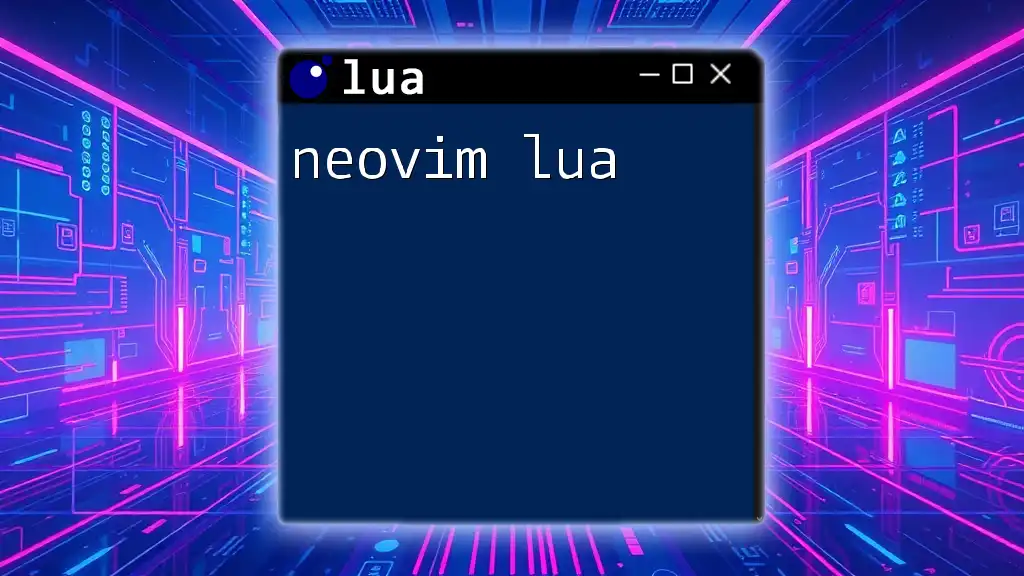
Troubleshooting gio
Common Errors
While using gio, you might encounter common issues like file not found errors or permissions issues. Typically, these errors can often be resolved by verifying file paths and ensuring your script has the necessary permissions to manipulate the files or directories involved.
Debugging Techniques
For effective debugging, consider using logging to trace file operations. Incorporating print statements at various points in your code can help identify where an operation may be failing. Additionally, utilizing built-in error handling functions can improve the visibility of issues when they occur.
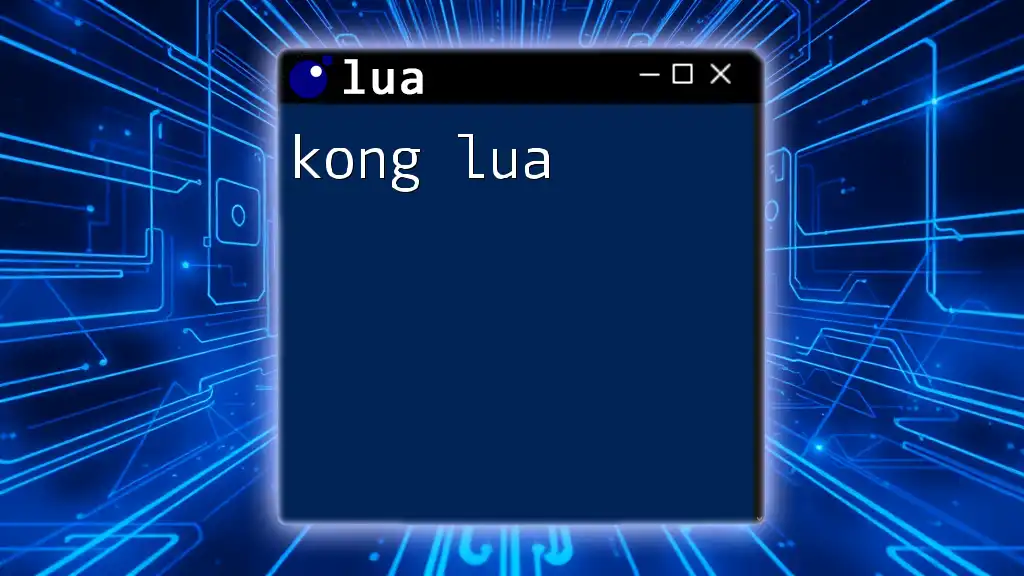
Conclusion
The gio lua library offers a powerful toolkit for developers aiming to streamline file and directory management within their scripts. Its ease of use combined with robust functionality makes it an essential component for developers working in the Lua environment. By leveraging the examples and use cases provided in this guide, you're well on your way to efficiently utilizing gio in your projects.
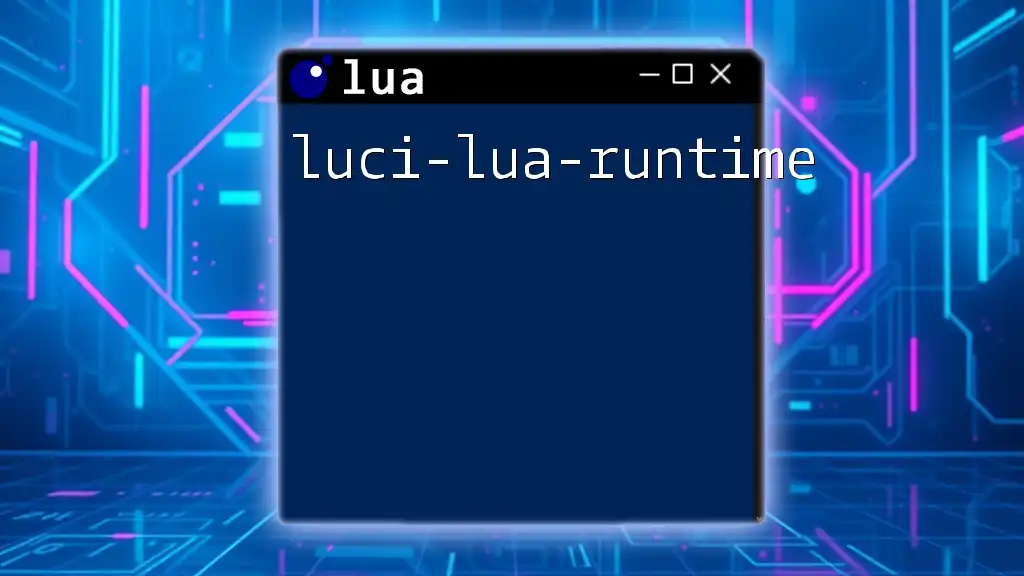
Additional Resources
For further exploration, refer to the official gio and Lua documentation. Joining online forums and communities can also facilitate discussions around utilization strategies and troubleshooting tips.
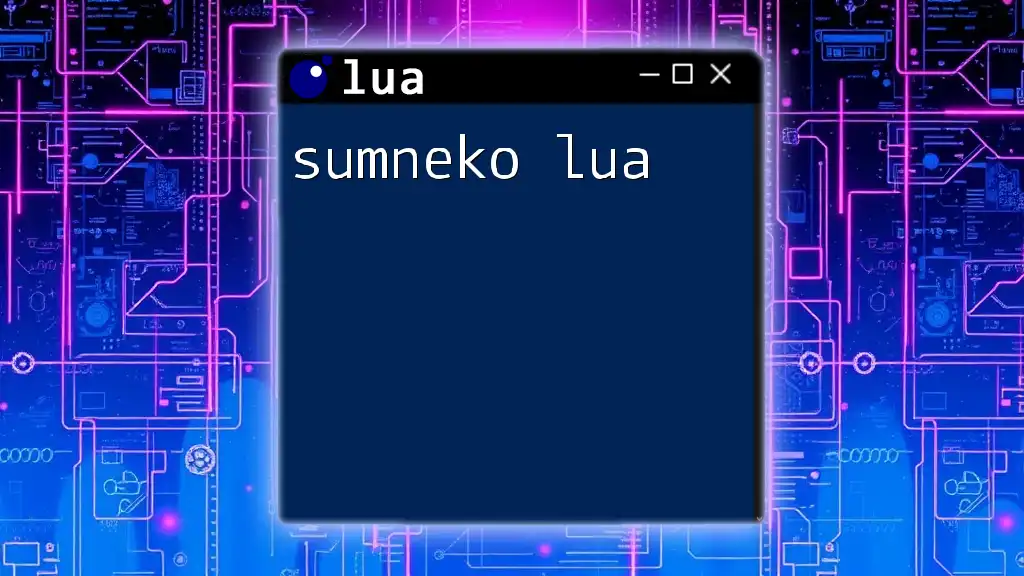
Call to Action
We encourage you to share your experiences and projects involving gio lua. Engage with the community to both learn from others and contribute your insights, fostering an environment of continuous learning and support.

